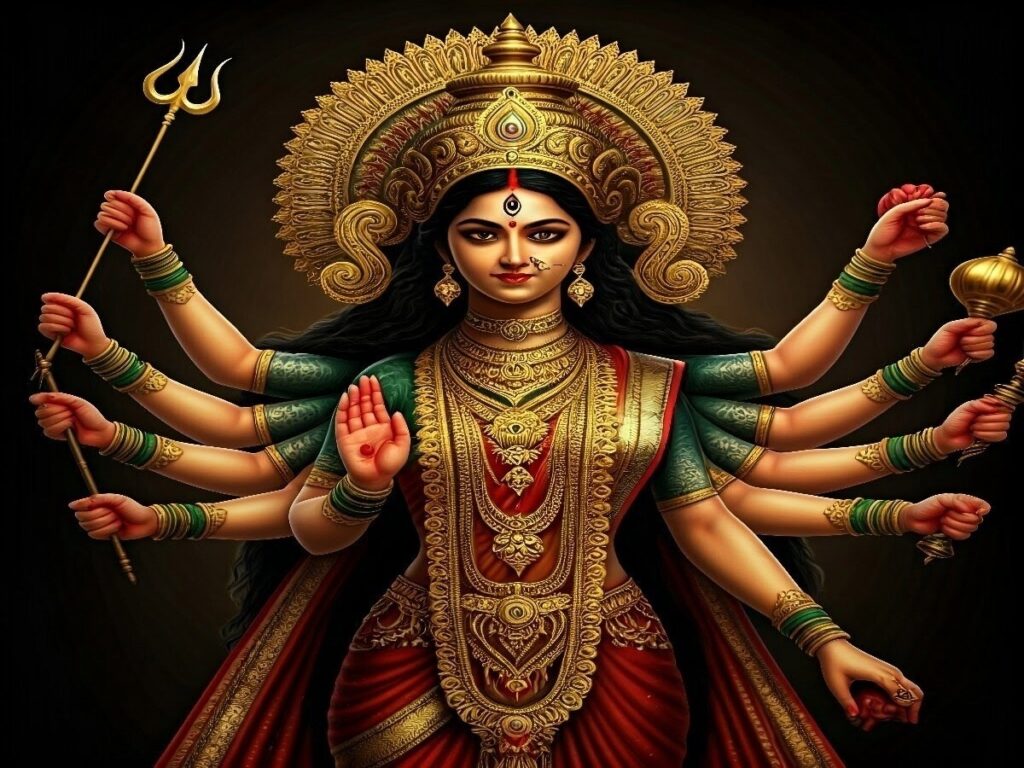Navratri, a significant Hindu festival dedicated to the worship of Goddess Durga, spans over nine nights and is celebrated with fervor across India. Among the nine nights, the Ashtami and Navami Tithis (the eighth and ninth days) hold particular importance. It is believed that bringing certain items into the home during these days attracts the blessings of the Goddess and promotes a positive atmosphere within the household.
Significance of Ashtami and Navami
Ashtami and Navami are considered the pinnacle of Navratri celebrations. Traditionally, these days are associated with powerful rituals and worship that reflect the true spirit of the festival. Devotees offer prayers, perform rituals, and celebrate with joyous gatherings, all aimed at invoking divine blessings.
Ashtami Tithi
On Ashtami, devotees commonly perform special pujas (prayer rituals) to honor Maa Durga. This day is particularly important for the Kanya Puja, where young girls, symbolizing the goddess, are worshiped and offered food, new clothes, and gifts. Here are some traditional practices associated with Ashtami:
- Performing the Kanya Puja with nine young girls.
- Offering ‘bhog’ (a meal) to the Goddess, including puris, halwa, and chana (gram).
- Conducting ‘ashtakshara mantra’ chanting for blessings.
Navami Tithi
Navami marks the culmination of the Navratri celebrations. This day is often associated with the victory of good over evil, celebrated through the performance of the Durga Pooja. Many devotees conclude their fasts on this day and partake in grand feasts. Important activities during Navami include:
- Organizing community feasts and ‘shodhak’ (sacred offerings).
- Participating in dances and cultural events, especially ‘Garba’ or ‘Dandiya’.
- Prayers for prosperity and protection for the family.
Items to Bring Home during Ashtami and Navami
In accordance with tradition, there are several items believed to enhance positivity and attract the blessings of the Goddess when brought home during these sacred days.
| Item | Significance |
|---|---|
| Auspicious Plants (like Tulsi) | Brings tranquility and purifies the environment. |
| Wheat or Rice | Represents prosperity and abundance. |
| Sweets | Symbolizes joy and celebration, essential for rituals. |
| Gold or Silver Items | Represents wealth and abundance in family. |
Conclusion
Ashtami and Navami are not just significant days in the Navratri festival; they are opportunities to deepen one’s spiritual practice and foster community connections. Engaging in rituals, celebrating with loved ones, and bringing home sacred items can greatly enhance positivity and blessings in one’s life. Embracing these practices not only honors tradition but also invites joy, health, and prosperity into our lives.
